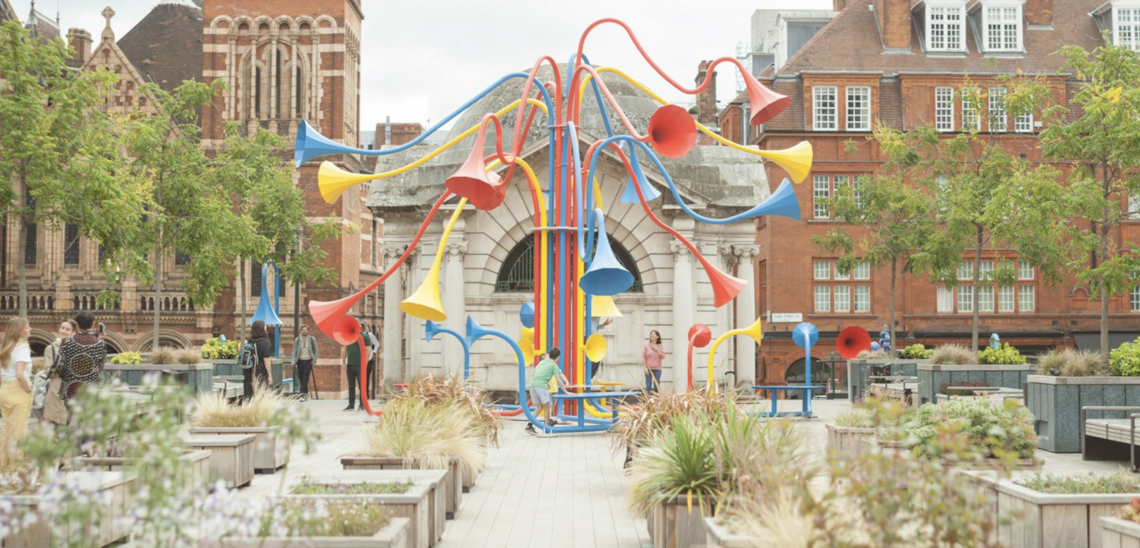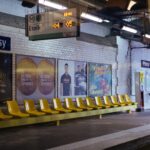Sound is integral to our built environment but is so often seen as a distraction or noise pollutant (Talianni, 2018). This blog will provide a different perspective on how sound art can be harnessed in an urban context to create positive conversations and experiences of sound.
According to Tonkiss (2003, p.304) the modern city, while visually spectacular, is inherently sonic and provides the “soundstage for the drama of modern life”. However, urban sounds have negative associations causing noise pollution, health and wellbeing issues, resulting in anti-noise strategies to reduce or silence sounds of the city (Radicchi et al, 2021). Tonkiss (2003, p.304) suggest when we listen to everyday urban sounds we are put into a “submissive sensuous relation to the city” as we are not actively listening. Steele, Kerrigan and Guastavino (2020) disagree and suggest that urban sounds focus our attention, promote social interaction, strengthen community ties and contribute to our sense of place and belonging in the city. Urban planners and architects are reconceptualising sound and see it as a beneficial resource for creating healthier urban relationships (Steele, Kerrigan and Guastavino, 2020; Huan Tong and Jian Kang, 2020).
Public sound art encourages us to reassess our relationship with sound in the city and widen our auditory perspective (Flügge, 2014). Sound artists confront our inability to actively listen by transforming our role from passive spectator into active sonic participant (Flügge, 2014). Sonic Bloom is an interactive sound sculpture designed by sound artist and urban designer Yuri Suzuki and installed in Brown Hart Gardens, London. I came across this installation by accident in August 2021 after lockdown restrictions were eased. The sculpture consisted of a series of coloured horns and pipes, or sound tubes, which made the shape of a flower. People naturally spoke or sent acoustic sounds down the tubes. These were amplified and broadcast via other horns into the park. People could choose to listen and respond, touch or bang pipes, climb or sit on them. Some pipes faced outwards collecting construction noise, restaurant chatter, traffic noise etc. and likewise broadcast these into the park. Several horns travelled down steps and into the roads absorbing street sounds and again releasing these into the park. The result was an astonishingly random, organic, acoustic symphonic experience that I found both playful and meaningful at the same time.
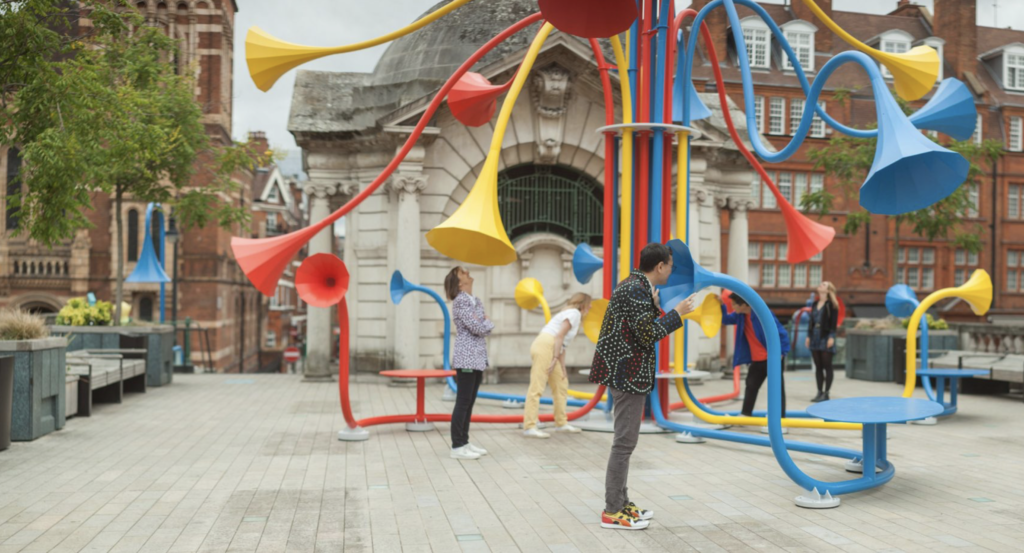
This installation created a new identity within the city, where the site was not only aurally reconfigured, but it was socially transformed (Flügge, 2014). The capacity of sound art to integrate people together with their urban landscape encourages us to see sound as something that enhances our experience of the city, the idea of place and our sense of self (Radicchi et al, 2021).
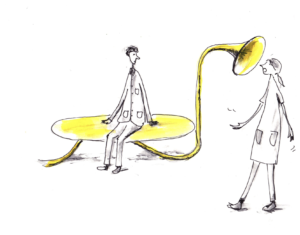
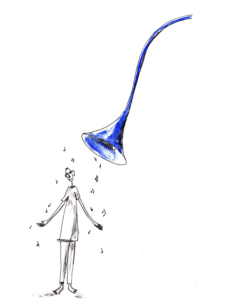
As we exist in a visually oriented society, one way to counteract this occularcentric hierarchy is to create opportunities to encourage positive sonic experiences in our urban landscapes. Sound art such as ‘Sonic Bloom’ gives us new ways to appreciate and ‘tune into our urban space (Flügge, 2014) and helps us to forge a more positive relationship with sound in the built environments.
Word Count: 494
References:
(https://www.albertobalazs.com )
(https://www.albertobalazs.com )
